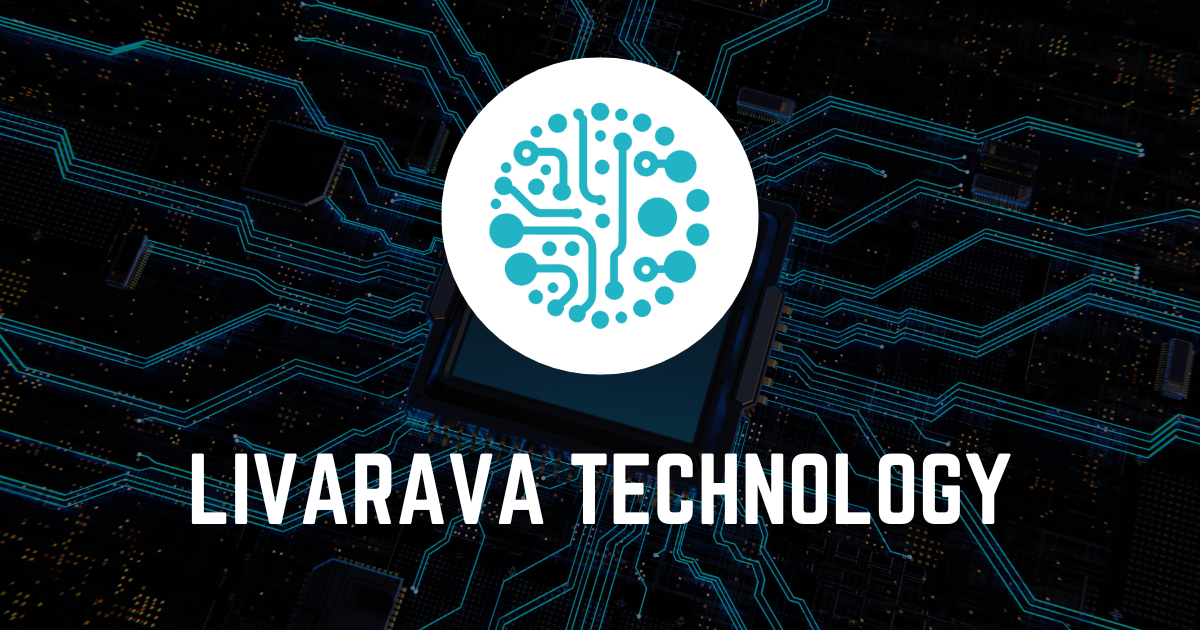Impact of Micrometeorites and Solar Storms on the Gaia Space Telescope
Tuesday, 23 July 2024, 15:30

Gaia Space Telescope Challenges
The Gaia space telescope, part of the European Space Agency's mission, is encountering significant challenges due to external factors.
Key Issues
- Micrometeoroids have been impacting the spacecraft, causing potential damage.
- Solar storms also threaten the integrity of the telescope's systems.
Scientific Importance
- The telescope plays a crucial role in mapping the Milky Way galaxy.
- Data collected helps enhance our understanding of stellar physics and astronomy.
- The mission must mitigate the effects of these disturbances.
In conclusion, the resilience of the Gaia telescope against micrometeoroids and solar storms is critical for its research objectives. Continuous monitoring and adaptations are required to ensure successful data collection.
This article was prepared using information from open sources in accordance with the principles of Ethical Policy. The editorial team is not responsible for absolute accuracy, as it relies on data from the sources referenced.